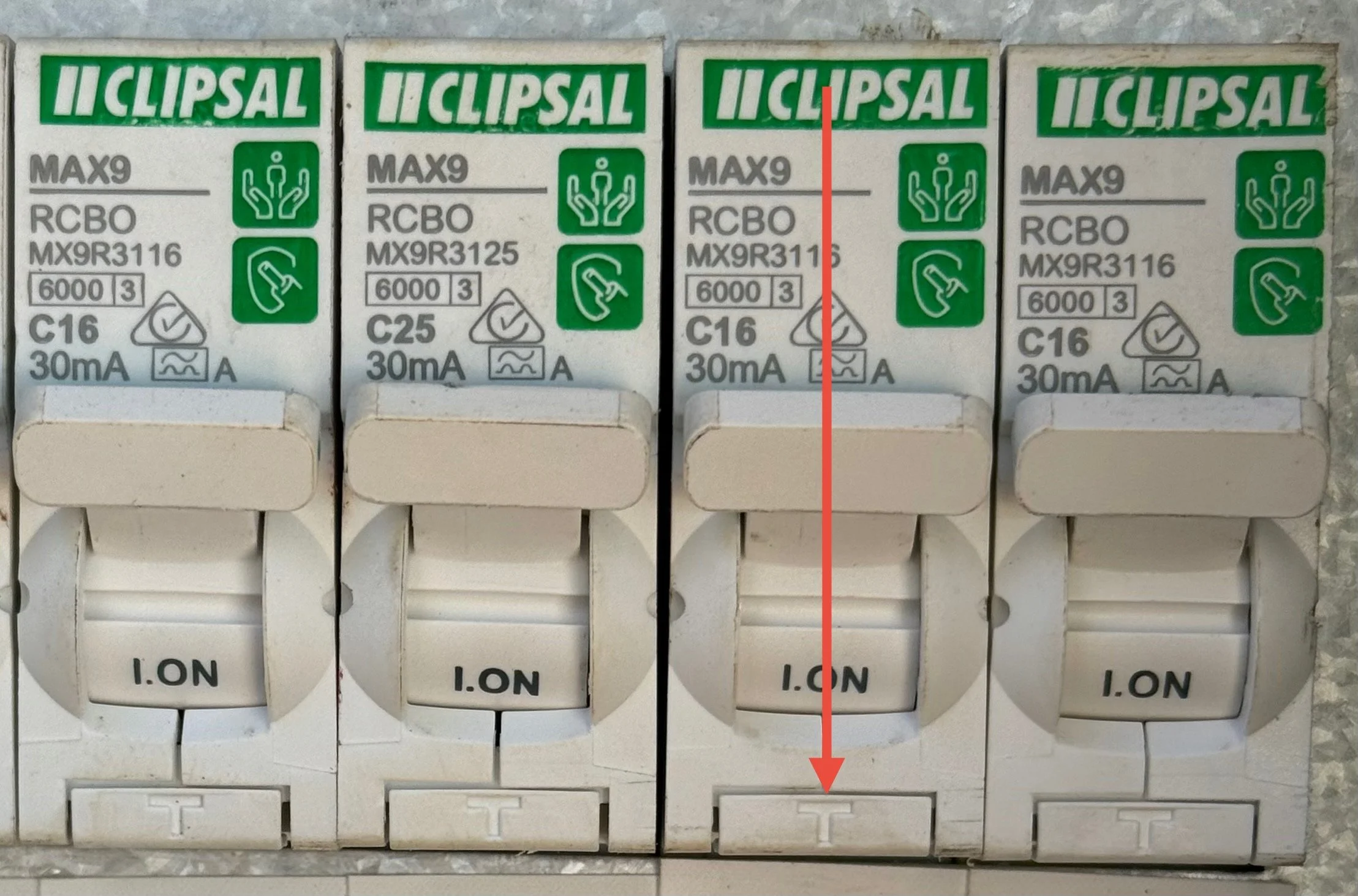How Safe is Your Home from Electric Shocks?
Did you know over 50% of electric shocks and electrocution fatalities happen at home? Protecting your family is essential. This guide covers key facts and practical steps to ensure your electrical systems are safe, helping you make informed choices for your family's safety.
How to Protect Your Family from Electric Shocks
Electricity is essential to modern life, but it also comes with risks, especially in the home. Over 50% of electric shocks and fatalities from electrocution occur in residential settings. While this statistic may sound alarming, there are steps you can take to minimize these risks and protect your family. Understanding where dangers lie and how to address them is the first step toward a safer home.
Step 1: Install RCDs (Residual Current Devices)
RCDs are safety devices designed to prevent electric shocks by cutting off power when they detect a fault or leakage of current. They can save lives by preventing dangerous levels of electricity from reaching you in the event of a fault.
What to do:
Check if your home has RCDs installed in the switchboard. If not, consider getting them installed to protect your family.
If you're unsure, contact Response Electricians, your Perth Electrician, to inspect your switchboard and make recommendations.
Step 2: Regularly Test Your Electrical Safety Switches
If you already have RCDs installed, it's important to test them regularly to ensure they’re working properly. Many people overlook this simple task, but it’s essential to maintaining a safe home.
What to do:
Use the test button on your RCD every three months to ensure it's functioning correctly.
If the RCD doesn’t trip when tested, contact the team at Response Electricians immediately for repairs.
Step 3: Avoid DIY Electrical Work
While DIY projects around the home are tempting, electrical work should always be left to the professionals. Even a small mistake in wiring or repairs can lead to dangerous shocks, fires, or worse.
What to do:
Never attempt electrical repairs or installations unless you're a licensed electrician.
Always hire a qualified professional, like the te to carry out any work on your home’s electrical system.
Step 4: Check Your Power Points and Cords
Damaged power points, frayed cords, or overloaded circuits are common causes of electric shocks in the home. These issues can go unnoticed but pose a serious risk if left unchecked.
What to do:
Inspect power points and cords regularly for signs of damage or wear.
Replace any damaged cords or have our team repair faulty power points immediately.
Step 5: Schedule Regular Electrical Inspections
Even if everything appears to be working fine, regular inspections by a our team can help identify hidden risks and ensure your system is safe and up to code.
What to do:
Schedule a professional electrical safety inspection every few years, especially in older homes.
This can help identify any issues before they become a serious safety hazard.
Get the Facts, Protect Your Family
Electric shocks are a preventable risk with the right precautions in place. By staying informed and taking simple steps like installing RCDs, testing safety switches, and avoiding DIY electrical work, you can ensure your home remains a safe environment for you and your loved ones. The choice is yours—protect your family by getting the facts and acting on them.
-

Check Your Switchboard
Your Switchboard will be in a metal enclosure within your property.
-

RCD
A RCD is identifiable by the "t" Test button.
-

Test & Tag
Inspect appliance cords and cables for signs of damage or exposed wires.

